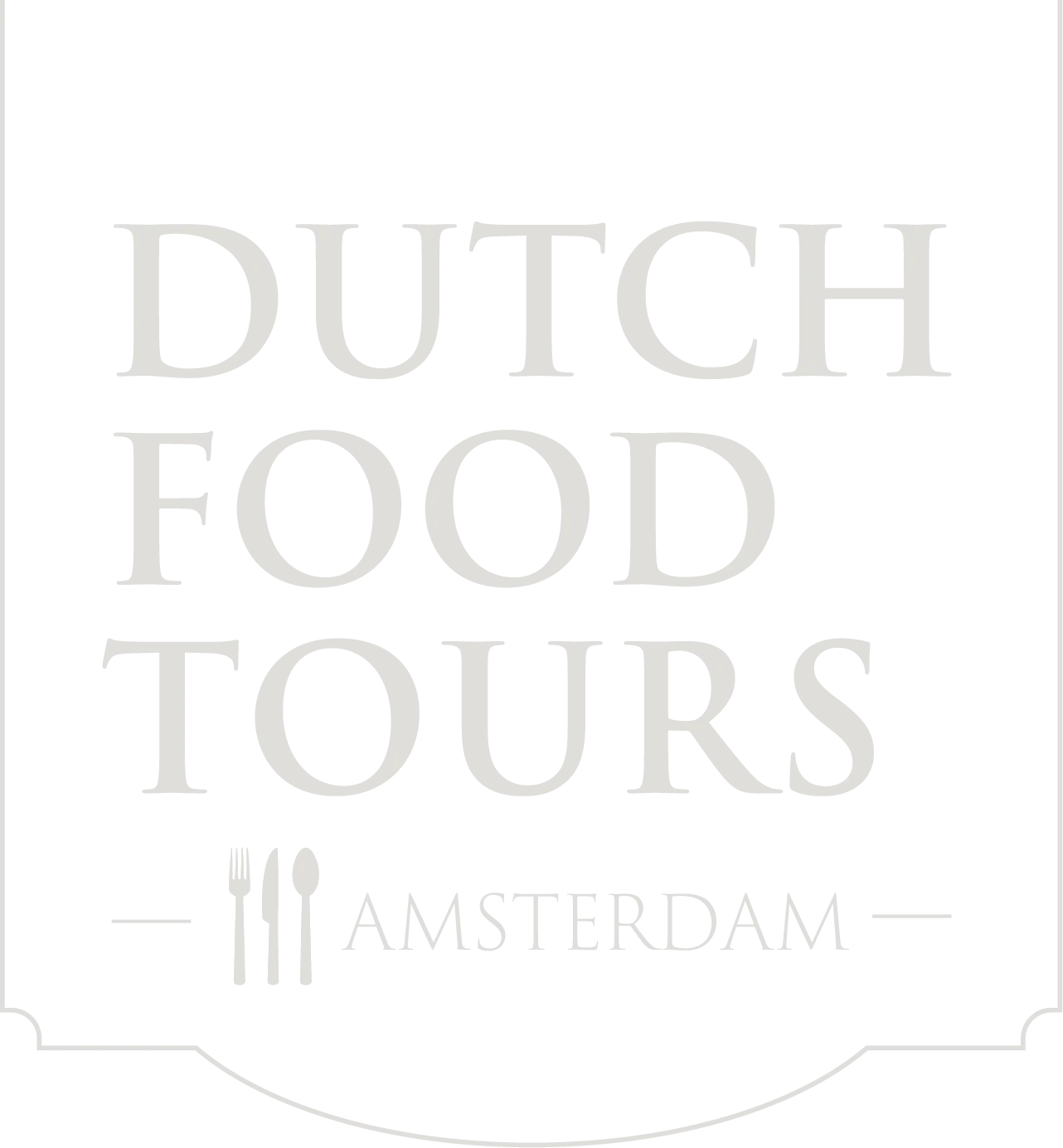When you think of Dutch food, you might picture stroopwafels or hearty pancakes, but there’s a secret culinary hero lurking in the background: the Dutch snack. Yes, those deep-fried delights that are as iconic here as tulips and bicycles.
A Crispy History: From Market Treats to National Obsession
Dutch snacks have a long history rooted in street markets and snack bars (or ‘snackbars’ as the locals say). The tradition of quick, tasty bites goes back centuries, when busy Amsterdammers and workers across the country needed affordable, filling food on the go. Enter the bitterbal: a small, crispy meatball that’s basically the Dutch answer to the chicken nugget — only way classier.
Snackbars started booming in the 20th century, becoming a staple of Dutch social life. The smell of frying kroketten and frikandellen wafts through the streets like a siren call — impossible to resist.
Snack Stars: Meet the Dutch Classics
- Bitterballen: Little rounds of beef ragout, breaded and deep-fried until golden, served with a sharp mustard dip. Perfect with a cold beer, or two.
- Kroket: The bigger sibling of the bitterbal, often filled with beef- or veal-, mushroom- or vegetable-ragout.
- Frikandel: A skinless minced-meat sausage, deep-fried to perfection, usually eaten with mayo, or curry sauce or both topped with diced onions (yes, really).
- Kaassoufflé: A deep-fried parcel of melted cheese, crispy on the outside, gooey on the inside.
- Patat: Thick Dutch fries, usually served in a paper cone with a dollop of mayonnaise or a smothering of ‘patat oorlog’ (fries with mayo, peanut sauce, and often onions (again yes, really).
The Snack Wall: Fast Food, the Dutch Way
Ever been hungry and in a hurry? Enter the snackmuur — aka the snack wall. It’s basically a vending machine, but with steaming hot snacks behind tiny glass doors. Just insert your coins, open a hatch, and claim your golden treasure. Kroketten, frikandellen, bamischijven — all ready to grab and go.
It’s fast, it’s quirky, and honestly, it’s kind of genius. No line, no judgment, just you and your spontaneous snack craving.
The Ritual of Snacktime
Unlike the fast-food culture elsewhere, Dutch snack time is a social moment. Whether you grab a quick bite after work, or meet friends at the local snackbar, it’s about enjoying small pleasures and good company. And the snack bar isn’t just for eating — it’s where locals swap stories, share a laugh, and maybe even a cheeky tipple.
Fun Facts That’ll Make You Snack Smarter
- The name “bitterbal” comes from the slightly bitter taste of the spices used in the ragout.
- The frikandel used to be called a “frikadel,” and was invented in the 1950s in Dordrecht.
- “Patat oorlog” literally translates to “fries war” because of the messy mix of sauces — best eaten with a fork unless you want a saucy face.
Snack Your Way Through the Netherlands
Dutch snack culture isn’t just about grabbing a bite — it’s a social ritual, a nostalgic throwback, and sometimes a dare (yes, we’re looking at you, kroket-from-the-wall at 2 a.m.). And while you could navigate it alone with a curious spirit and a handful of change, wouldn’t it be more fun with a local who knows where to find the crispiest bitterballen, the freshest fries, and the most charming snackbar auntie?
Join us on a Dutch Food Tour and taste your way through Amsterdam’s golden fried legacy — one crunchy bite at a time. We’ll show you the snacks, share the stories, and maybe even teach you how to say “frikandel speciaal” like a pro.
